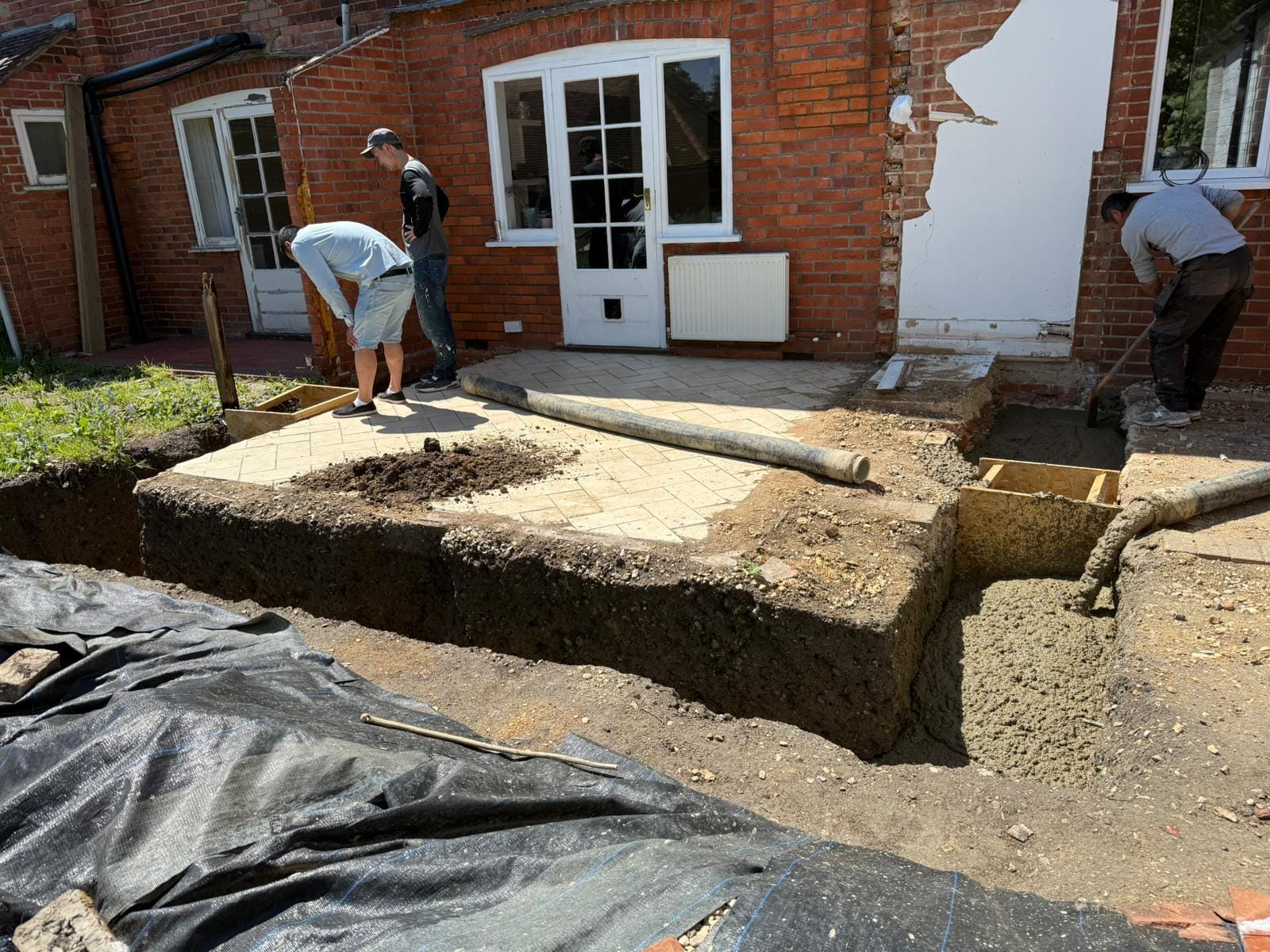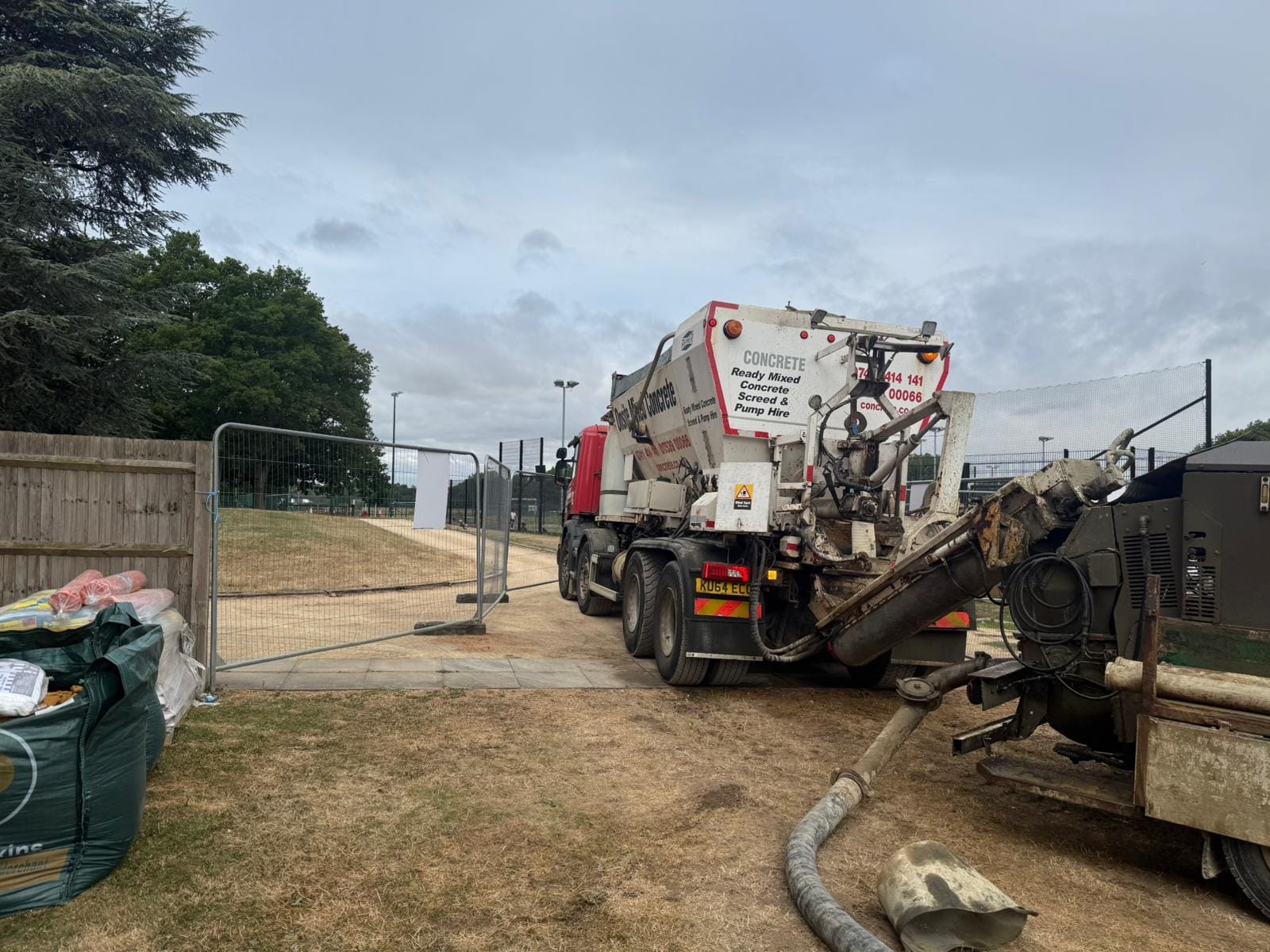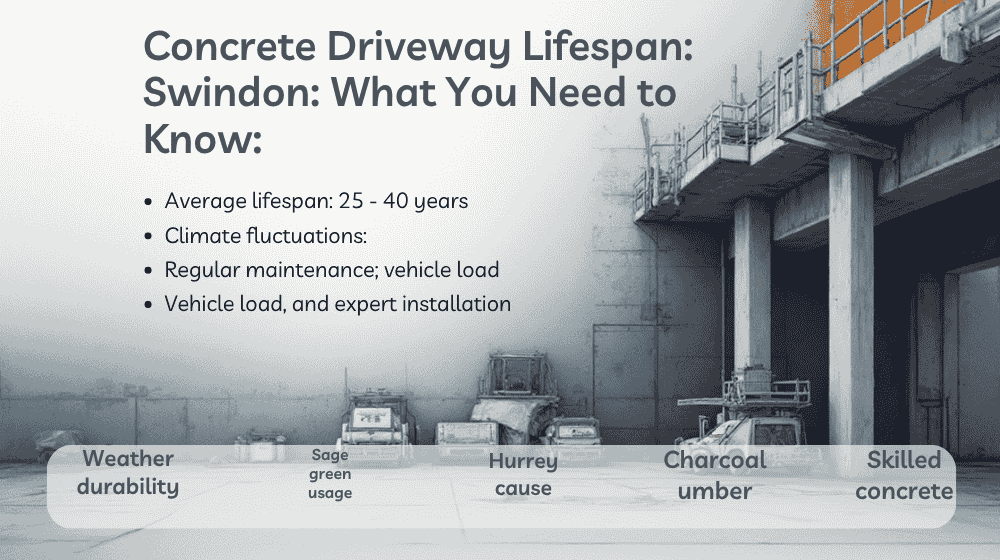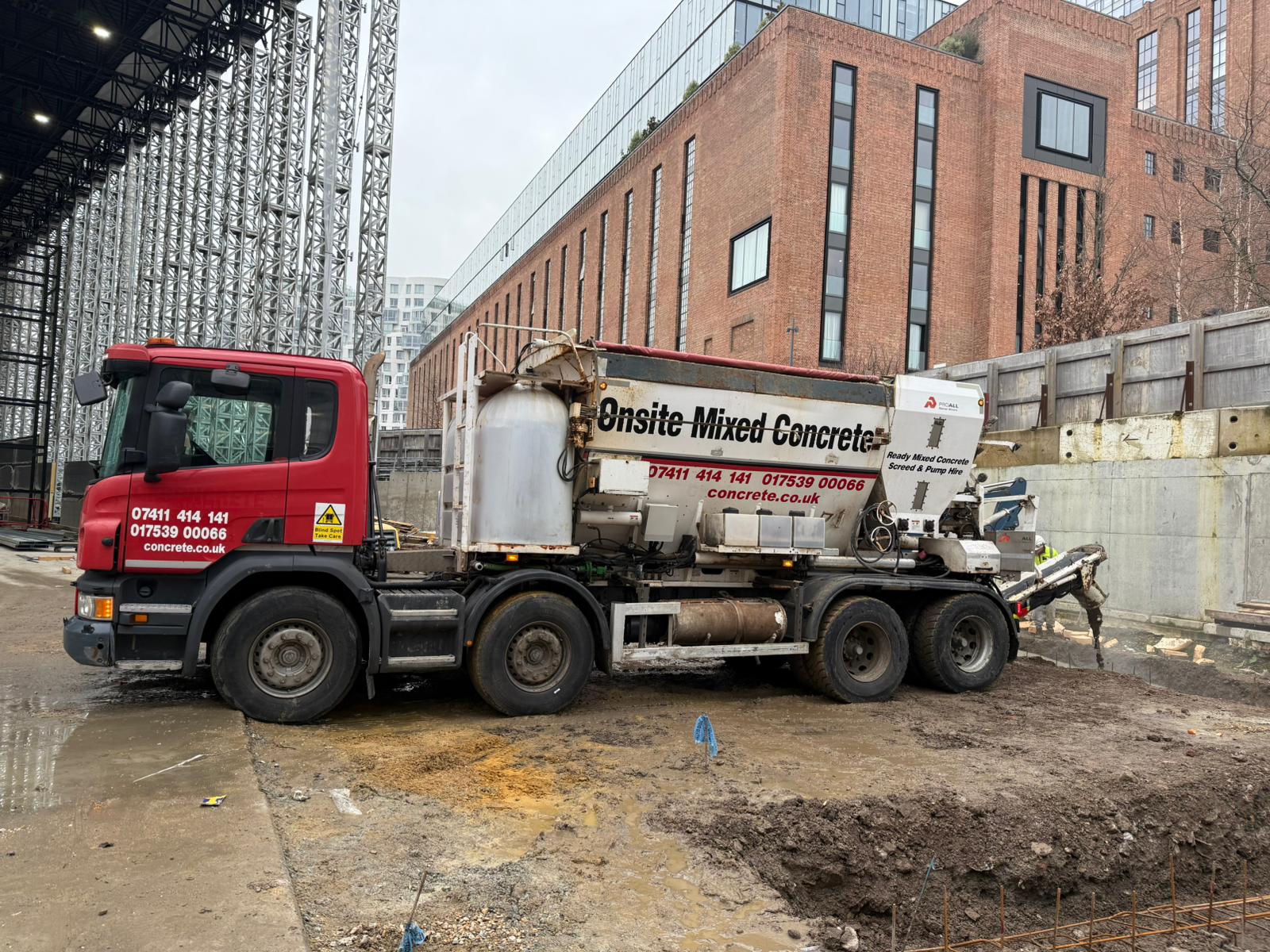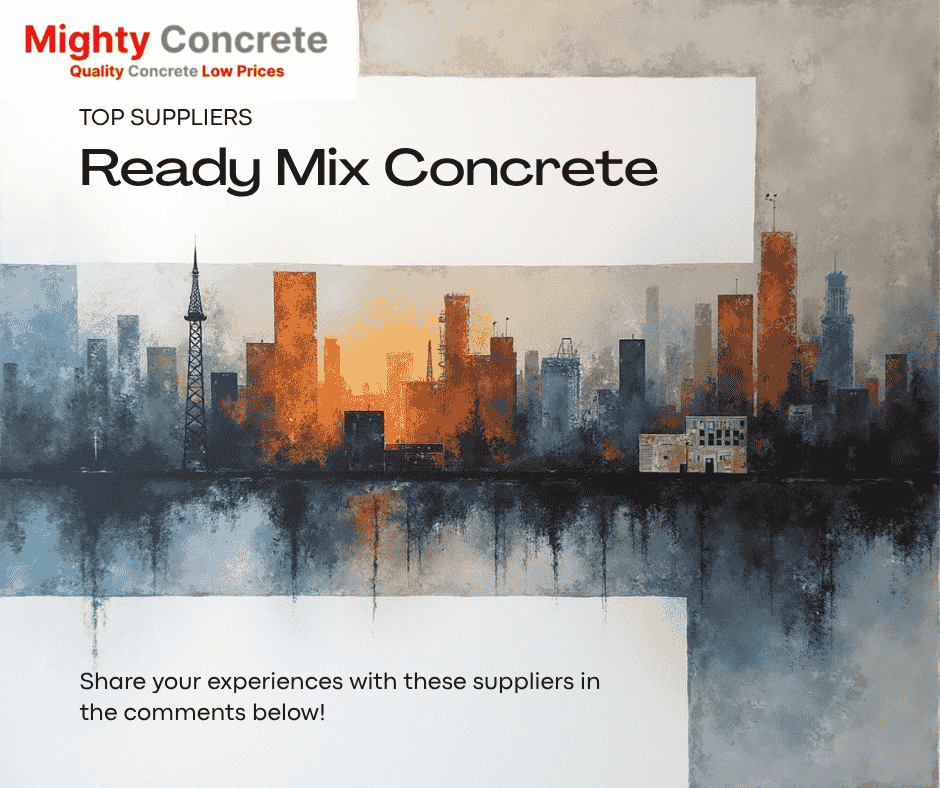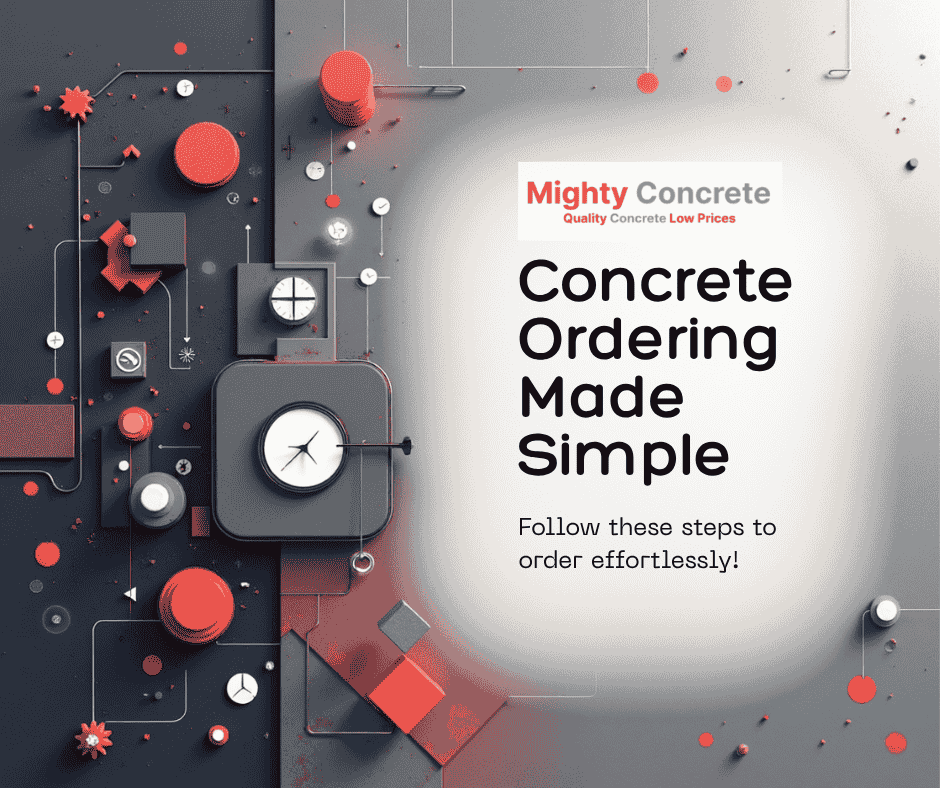When it comes to selecting the right type of concrete for your construction project, you have two options: on-site mixing and ready-mix concrete. Both methods offer distinct advantages and potential drawbacks, depending on the scope, budget, and requirements of your project. Choosing the right type of concrete can impact the efficiency, cost, and quality of your construction. This article explores the differences, benefits, and considerations of both options to help you make an informed decision.
Understanding On-Site Mixing
On-site mixing involves preparing concrete at the construction location using raw materials such as cement, aggregates, and water. A portable mixer or a batching plant is used to combine the components in the required proportions. This method is often preferred for smaller projects, remote locations, or when flexibility in mix adjustments is needed.
Advantages of On-Site Mixing
- Customisation and Flexibility
- On-site mixing allows contractors to adjust the mix proportions based on project-specific requirements, ensuring the correct consistency and strength for different applications.
- Reduced Material Wastage
- Since the concrete is mixed as required, there is minimal leftover material, reducing waste and overall costs.
- Convenience for Small-Scale or Remote Projects
- In areas where access to a ready-mix concrete supplier is challenging, on-site mixing ensures a continuous supply without reliance on external logistics.
- Lower Initial Cost
- Setting up an on-site mixing operation can sometimes be more cost-effective than ordering ready-mix concrete, particularly for small projects where transportation costs may outweigh benefits.
Disadvantages of On-Site Mixing
- Labour Intensive
- This method requires skilled workers to measure, mix, and pour the concrete, which can lead to increased labour costs and potential inconsistencies if not managed properly.
- Time-Consuming
- Mixing concrete on-site takes longer than simply receiving ready-mix concrete, potentially causing delays in project timelines.
- Space and Equipment Requirements
- On-site mixing necessitates sufficient space for storing raw materials and operating mixing equipment, which may not always be feasible for compact sites.
Understanding Ready-Mix Concrete
Ready-mix concrete is produced at a batching plant and delivered to the construction site in a transit mixer. It arrives pre-mixed to the required specifications, ready for immediate use. This method is commonly used in large-scale projects requiring high volumes of consistent-quality concrete.
Advantages of Ready-Mix Concrete
- Consistent Quality and Strength
- Since ready-mix concrete is produced in a controlled environment using precise measurements, it ensures a uniform mix, reducing the chances of quality variations.
- Time-Saving
- As the concrete arrives pre-mixed, it significantly reduces the time spent on preparation and enables faster project completion.
- Reduced Labour Costs
- With no need for on-site mixing, labour-intensive tasks are minimised, leading to lower overall workforce expenses.
- Ideal for Large Projects
- For projects requiring large volumes of concrete, ready-mix ensures a steady supply, meeting demand without disruptions.
Disadvantages of Ready-Mix Concrete
- Higher Initial Cost
- While ready-mix concrete saves time and reduces labour costs, it can be more expensive upfront due to production and transportation expenses.
- Limited Workability Time
- Once ready-mix concrete leaves the batching plant, it must be used within a specific timeframe to prevent setting before placement. This can be challenging in projects with unexpected delays.
- Transportation and Accessibility Issues
- Large transit mixers require suitable road access. For remote or congested sites, delivery can be problematic.
Comparing On-Site Mixing and Ready-Mix Concrete
| Factor | On-Site Mixing | Ready-Mix Concrete |
| Quality Control | Dependent on skilled labour and material consistency | High-quality and precise control from the batching plant |
| Time Efficiency | Slower due to manual mixing | Faster due to pre-mixed delivery |
| Cost | Lower initial cost but higher labour expenses | Higher upfront cost but lower labour expenses |
| Wastage | Minimal wastage as concrete is mixed as needed | Potential waste if excess concrete is ordered |
| Flexibility | Customisable mix designs on-site | Fixed the mix design once delivered |
| Logistics | Requires storage space for materials | Requires efficient transport and site access |
Which Option is Best for Your Project?
The choice between on-site mixing and ready-mix concrete depends on several project-specific factors:
- Project Size – For small-scale projects such as home renovations or minor repairs, on-site mixing may be more cost-effective. For large-scale developments like commercial buildings or infrastructure projects, ready-mix concrete offers greater efficiency.
- Budget Considerations – If cost is a primary concern, on-site mixing may be preferable for small projects, while ready-mix is beneficial in reducing long-term expenses for larger projects.
- Time Constraints – If your project has tight deadlines, ready-mix concrete is the better option, ensuring faster progress with minimal delays.
- Site Accessibility – If the project site has limited space for material storage or is difficult to access, ready-mix concrete eliminates the need for on-site stockpiling.
- Quality Assurance – For projects requiring stringent quality control, such as structural components, ready-mix concrete ensures consistent quality compared to manual on-site mixing.
On-Site and Ready-Mix Concrete Scenarios
- Small Residential Patio Project (On-Site Mixing)
- A homeowner wants to build a small patio in their backyard. With minimal concrete needed, on-site mixing allows them to prepare just the right amount without unnecessary costs or wastage.
- Large Commercial Construction (Ready-Mix Concrete)
- A high-rise office building requires a large volume of high-strength concrete. Ready-mix concrete ensures uniform quality, reduces on-site labour, and speeds up construction timelines.
- Remote Road Repairs (On-Site Mixing)
- A rural road requires spot repairs, making it difficult to transport ready-mix concrete. On-site mixing enables workers to produce small batches as needed, avoiding delays.
- Bridge Construction (Ready-Mix Concrete)
- A bridge requires highly durable concrete with precise strength specifications. Ready-mix concrete guarantees quality consistency, ensuring structural integrity and compliance with regulations.
Mighty Concrete Services
Both on-site mixing and ready-mix concrete have their advantages and drawbacks. The decision should be based on project size, budget, time constraints, and logistical considerations. If flexibility and cost savings are a priority, on-site mixing may be the best choice. However, for large-scale projects requiring consistent quality and efficiency, ready-mix concrete is often the superior option. By assessing your project’s specific needs, you can make an informed choice that maximises productivity and ensures long-lasting results.
Need help deciding on the right concrete for your next project? Contact Mighty Concrete experts to discuss your requirements and receive expert guidance! We deliver both on-site Concrete and ready-mix concrete after reviewing your project requirements.

